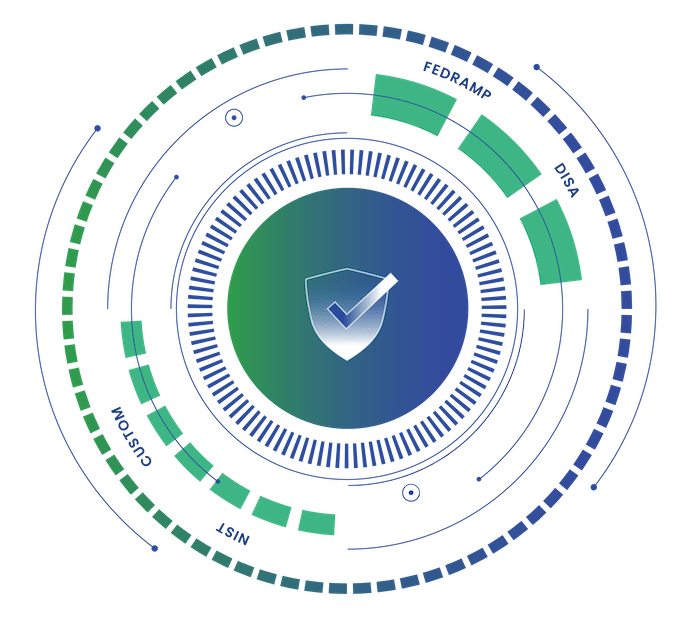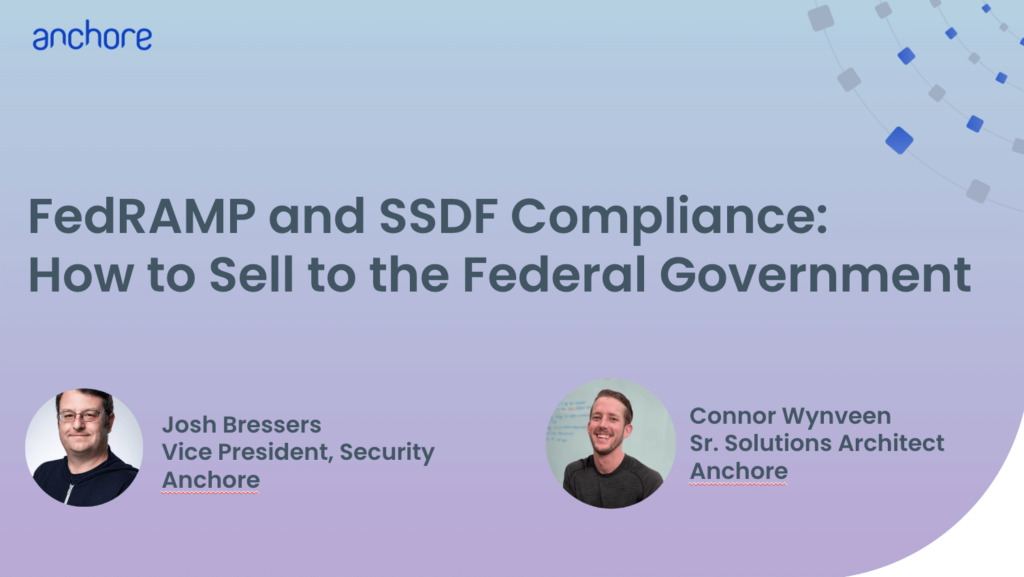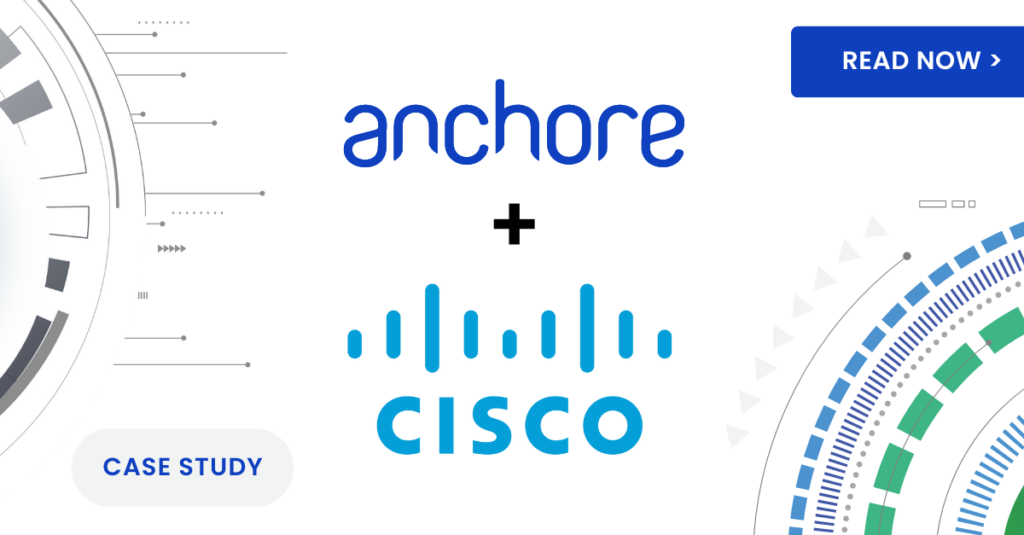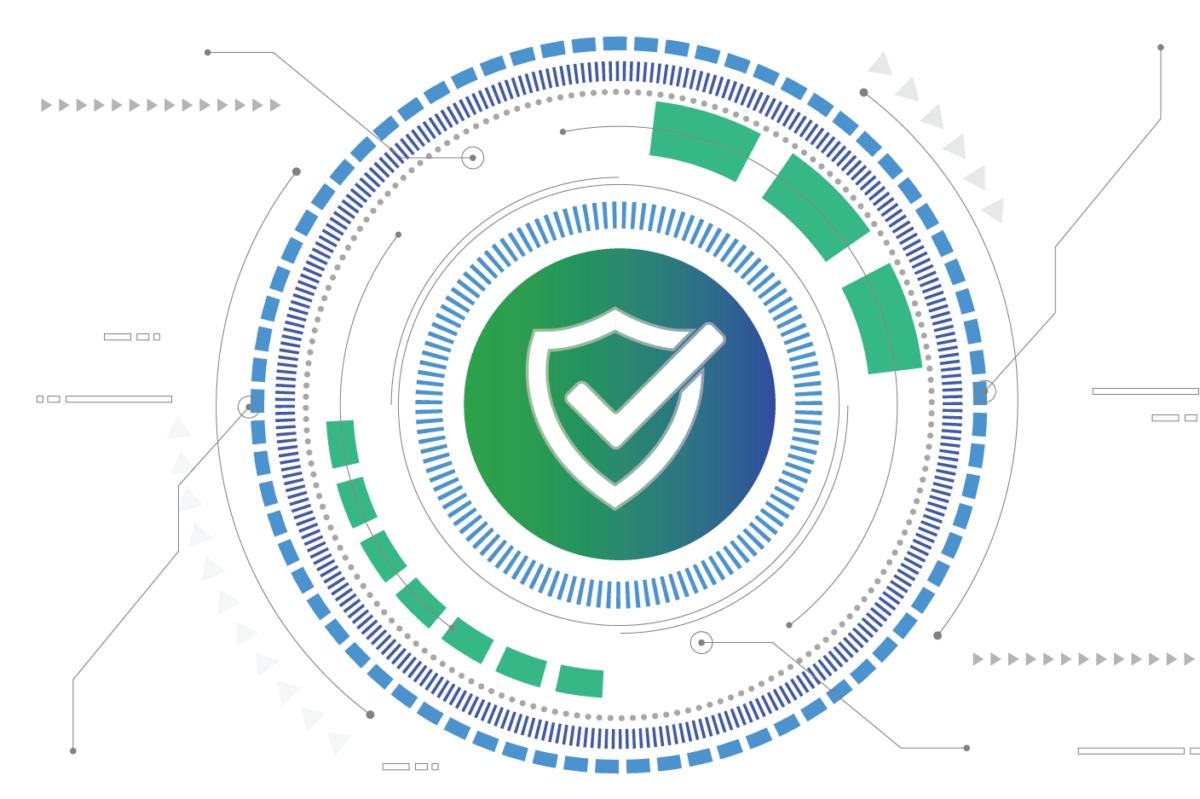Navigating the Future of Security with FedRAMP Continuous Monitoring

Understanding Continuous Monitoring Beyond FedRAMP
Continuous monitoring, or ConMon, isn’t just a box to check on your way to achieving and maintaining FedRAMP compliance. It’s a mindset and process shift that can benefit any organization looking to take a more proactive approach to cybersecurity.
Traditional security measures often relied on periodic reviews, leaving gaps between assessments. Often this meant vulnerabilities were addressed only after escalating into significant threats, resulting in higher risks, damages, and costs. ConMon, on the other hand, involves real-time observation and assessment of security postures, eliminating these gaps and enabling organizations to reduce response times and enhance threat detection.
Similar to DevSecOps and shifting security left, ConMon is as much about fostering a culture of vigilance. Teams become adept at recognizing subtle indicators of compromise, allowing them to preemptively address potential breaches. This heightened awareness not only strengthens internal defenses but also builds confidence among stakeholders and clients. Ultimately, continuous monitoring stands as a pillar of modern cybersecurity, essential for any organization aiming to safeguard its digital assets effectively.
Continuous Monitoring as part of the FedRAMP Compliance Lifecycle
FedRAMP compliance demands a higher degree of vigilance than standard continuous monitoring practices, ensuring that cloud service providers (CSPs) maintain the security posture required by FedRAMP even after they have been granted an Authority to Operate (ATO).
It also requires continuous documentation and evidence of compliance for ongoing proof of adherence to specific federal guidelines. This focus on documentation ensures transparency and accountability throughout the security lifecycle.
Here’s how continuous monitoring fits into the overall FedRAMP compliance lifecycle:
1. Initial Authorization (Pre-ConMon)
Before a cloud service can achieve FedRAMP compliance, it must undergo a rigorous security assessment by an independent third-party assessment organization (3PAO). This assessment evaluates the system’s implementation of the required security controls.
After the security assessment, the cloud service provider (CSP) is granted an ATO by either a federal agency or the FedRAMP Joint Authorization Board (JAB), signifying that the system is compliant with FedRAMP standards.
2. Transition from ATO to Continuous Monitoring
Once the CSP receives the ATO, continuous monitoring becomes an ongoing, mandatory requirement to ensure the system remains secure over time and that its security posture is not degraded. Continuous monitoring ensures that any emerging security vulnerabilities, changes in the system, or threats to the cloud environment are identified and addressed in real-time. It prevents compliance from becoming a “one-time” activity and enables a dynamic, ongoing assessment of security risks.
3. ConMon Reporting to FedRAMP
CSPs must submit monthly continuous monitoring reports to the federal agency or JAB. These reports include the results of vulnerability scans, security incidents, and system changes. The goal is to provide transparency into the ongoing security status of the system.
In addition to monthly reports, CSPs are required to undergo annual assessments of their full set of security controls to verify ongoing compliance with FedRAMP standards.
4. Remediation and Suspension of ATO
If continuous monitoring reveals significant risks or security vulnerabilities that are not promptly addressed, a cloud service’s ATO may be temporarily suspended or revoked. This can happen if a CSP fails to remediate issues identified in vulnerability scans, annual assessments, or fails to follow their continuous monitoring plan.
Who Oversees FedRAMP Continuous Monitoring?
The oversight of FedRAMP ConMon is managed by the Joint Authorization Board (JAB) and agency-specific Authorizing Officials (AO). These entities play a crucial role in ensuring compliance with federal standards and maintaining a strong security posture.
The JAB, comprising representatives from major federal agencies, provides guidance and oversight throughout the ConMon process. By collaborating with AOs, the JAB ensures that organizations adhere to stringent security requirements, fostering a culture of compliance.
Agency-specific AOs oversee individual cloud service providers (CSPs), ensuring they meet FedRAMP ConMon standards. These officials evaluate security performance, review documentation, and verify compliance with federal guidelines. By maintaining close oversight, AOs ensure CSPs uphold the highest standards of security.
A Comprehensive Checklist for FedRAMP ConMon Compliance
By adhering to this checklist, CSPs can systematically manage their continuous monitoring tasks and ensure they remain FedRAMP compliant.
Upfront
- Implement continuous monitoring tools: Automate as much of the processes as possible to lighten the load on your team and reduce the risk of vulnerabilities slipping through the cracks. Popular tools include:
- Vulnerability Scanning and Management: Anchore Secure or other vulnerability scanning solution
- Endpoint Scanning and Protection: SentinelOne Singularity Endpoint, DataDog ASM (Application Security Management), Jamf Protect, Elastic Defend, etc.
- Security Event and Incident Management (SEIM): Datadog Cloud SIEM, Elastic Security, Splunk, Panther Cloud SIEM, RunReveal Security Data Platform, etc.
- Cryptographic Key Management: AWS Key Management Service, Azure Key Vault, GCP Key Management System, Hashicorp Vault, etc.
- FedRAMP Enforcement and POA&M Generation: Anchore Enforce or other cloud-native policy enforcement solution
- Develop a system for documentation: Work with your team to create a process for recording of all ConMon activities and security assessments. By setting a standard upfront, you ensure this information is always up-to-date and readily available for review by federal oversight entities.
- Educate your team: Promote security awareness and training among all staff members and encourage proactive reporting of potential security concerns.
Monthly
- Vulnerability Scanning: Conduct vulnerability scans for operating systems, databases, and software containers. Remediate vulnerabilities according to severity. Looking to automate your FedRAMP container scanning? Anchore Enterprise can help.
- POA&M Updates: Review the Plan of Action and Milestones (POA&M) to track the status of identified security weaknesses. Update with new vulnerabilities or security gaps discovered during scans or assessments.
- Log and Incident Monitoring: Continuously monitor system logs for anomalies, unauthorized access, and potential security incidents. Report any incidents to the appropriate federal agency or JAB within 24 hours of detection and provide updates on incident resolution.
- Configuration Management: Track and document any system configuration changes and conduct security impact analysis as needed.
- Monthly ConMon Reporting: Submit vulnerability scan results, incident reports, and POA&M status updates to the federal agency or JAB.
Quarterly
- Security Control Assessments: Assess a subset of security controls (related to access management, incident response, etc.) to ensure they remain effective.
- Review Patch Management: Review the patch management process to ensure all critical patches have been applied within the required timeframes.
- Update Continuous Monitoring Plan: Review and update the continuous monitoring plan to reflect any changes in system architecture, configurations, or monitoring tools.
- Quarterly ConMon Reporting: Include summaries of security control assessments, any significant incidents, and updates on the POA&M.
Annually
- Full Security Control Assessment (Annual 3PAO Assessment): Engage a Third-Party Assessment Organization (3PAO) to conduct a comprehensive assessment of all security controls. Review the results and address any deficiencies identified.
- Review Continuous Monitoring Plan and POA&M: Perform a comprehensive review of the continuous monitoring plan and ensure it remains aligned with FedRAMP requirements. Ensure that all outstanding POA&M items from the year have been resolved or are on track for resolution.
- Annual ConMon Reporting: Submit the results of the annual security assessment and updates on overall system performance to the federal agency or JAB.
Helpful Resources for FedRAMP ConMon
Looking for more information to prepare for FedRAMP continuous monitoring? We’ve compiled some of our team’s go-to’s:
From FedRAMP
- FedRAMP Continuous Monitoring Performance Management Guide: Provides guidance on continuous monitoring (ConMon) and ongoing authorization in support of maintaining a security authorization that meets the FedRAMP ConMon requirements.
- FedRAMP ConMon Plan Template: Structured document that helps cloud service providers (CSPs) outline and implement their continuous monitoring strategy as required for FedRAMP compliance.
- FedRAMP Security Controls Baseline: A detailed list of required security controls based on the National Institute of Standards and Technology (NIST) SP 800-53 standards.
From Anchore
- FedRAMP Overview: Learn more about who can and should pursue FedRAMP ATO, what the authorization process looks like, and how long it all takes in our comprehensive guide.
- FedRAMP Pre-Assessment Playbook for Containers: As your organization works toward ensuring full compliance with FedRAMP vulnerability scanning requirements for containers, this step-by-step playbook provides guidance on how to use Anchore to meet FedRAMP requirements
- Webinar: How to Meet the 6 FedRAMP Container Scanning Requirements




